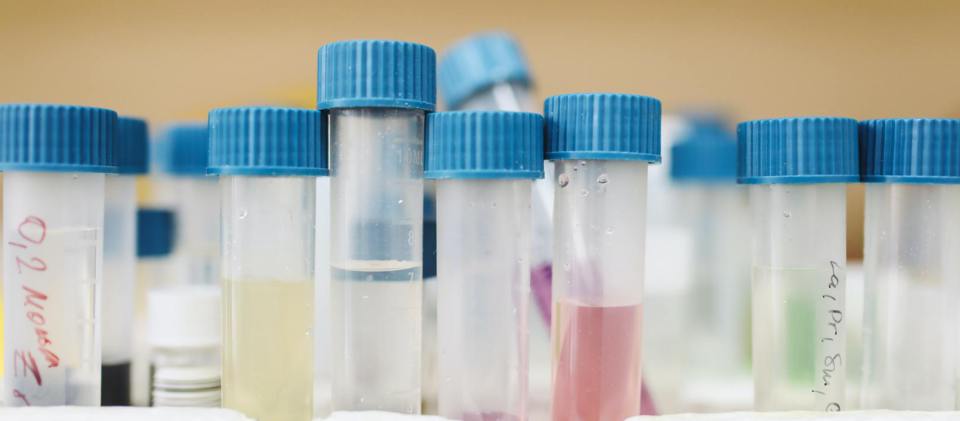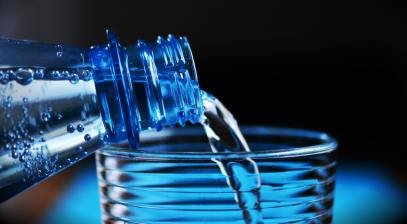
Chlorination of Drinking Water
What is the History of Chlorine in drinking water.
Chlorine has been used to disinfect water supplies since the discovery of its germ killing properties during the Victorian period. The impact of chlorine on the improval of public health cannot be underestimated; put simply it stops millions of people dying of medieval diseases every year. It is without question among the biggest advancements made in global public health.
How does Chlorine affect water quality?
Chlorine is a strong oxidant - it is this property that kills bacteria by effectively destroying their structure. In public water supplies chlorine is typically added at very low levels to maintain a residual disinfectant to the point of consumption, normally at 1mg/l (or 1 part per million); in most cases you won't even smell or taste it.
In public water supplies it is added as part of the final treatment process. This involves adding sufficient quantities of chlorine to achieve the WHO advised minimum contact time of 1mg/l for 15minutes.
While there are other methods of disinfection available, chlorination remains by far the most common process used to make water supplies safe and wholesome.



